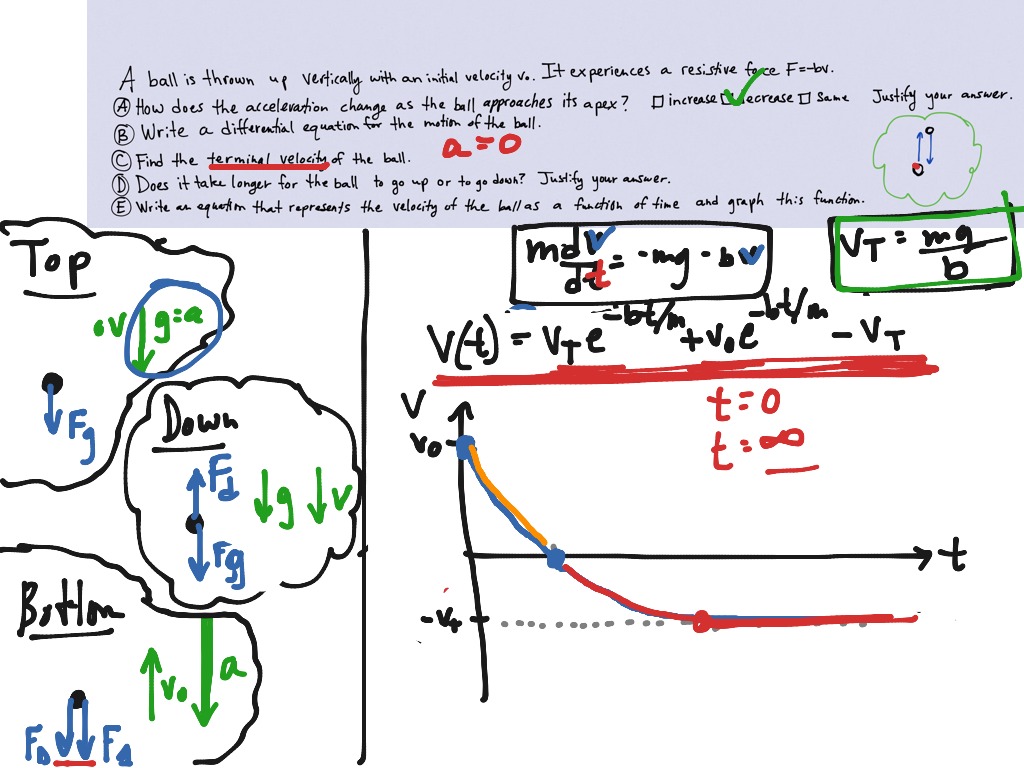

It might seem strange that a stationary object can be affected by air drag, but air drag occurs when there is a relative motion between the air and the object, so it can be viewed as if the turbine is moving through the stationary wind. The flow of air through a wind turbine causes the turbine to spin, because of the collision of the particles and the turbine. This equation is an approximation and only works for ordinary objects (with a size between a few millimeters and a few meters) and ordinary speeds (no more than a several meters per second), so it fails to describe the motion of very small objects like dust, or very fast objects like bullets. A is the cross-sectional area (see Figure 2).\rho is the density of the fluid (air is 1.2 kg/ m 3 at STP conditions).The equation for the drag force depends on the three factors stated above, and can be written as: F_ is the drag force in the direction opposite to that of the velocity The Volkswagen XL1 in a wind tunnel where its streamlines can be seen clearly. The drag acting on the object slows the falling objects.Įxperimentally, wind tunnels like those in Figure 2 making drag easy to measure.įigure 2. Therefore all objects should fall at the same pace, regardless of mass, but clearly a feather falls differently than a brick. Gravity, with no drag, makes all objects fall the same way: with an acceleration of 9.8 m/s 2 towards the Earth. ĭrag makes objects fall at different constant speeds, and causes energy loss in transportation. Drag increases if an object increases its speed, has a large cross-sectional area, or if the fluid it is moving through is more dense.

It is similar to surface friction since both oppose motion, but drag occurs specifically in moving fluids. ĭrag is a force that opposes or resists motion, caused by collisions of moving objects with molecules in a fluid like air or water. The XL1 gets this tittle with help from its extremely low drag coefficient, 0.189, lowest of any production vehicle. Pictured above is the Volkswagen XL1, the most fuel efficient production vehicle. Cars are shaped optimally in order to minimize the drag force that they experience.


 0 kommentar(er)
0 kommentar(er)
